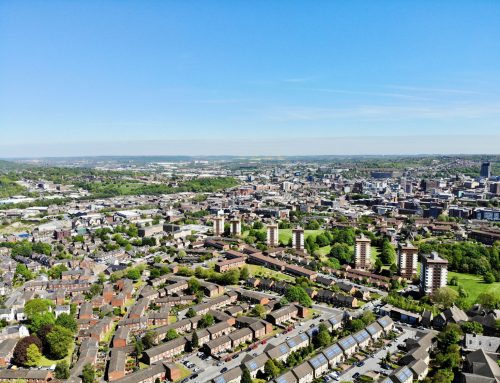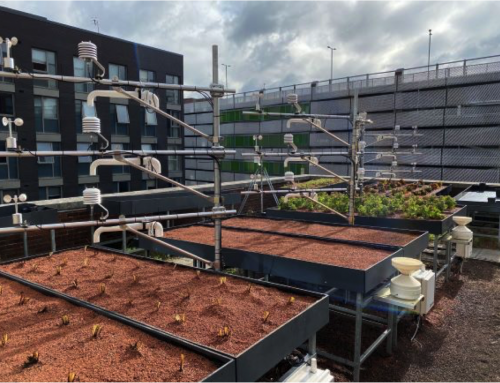With the built environment contributing around 40% of the UK’s total carbon footprint, the construction industry has an undeniable key role to play in the UK’s journey towards sustainability. Achieving the UK’s aim of net zero greenhouse gas emissions by 2050 requires significant improvements across multiple sustainability issues, and resource and energy efficiency have been identified as two key opportunities to lower carbon emissions. In terms of resource use, the circular economy is now being recognised as a key paradigm that the construction industry ought to integrate into their operation. By implementing circular economy principles all along the product chain – from design for adaptability and/or deconstruction, to material circularity and resource efficiency, and deep retrofit – the amounts of resources and energy used, and waste generated by the industry would significantly decrease, and so would carbon emissions associated with the production of new building components.
Understanding UK building stock
While the concept of circular economy has been applied to a few building projects – and proved practically feasible – its implementation at a larger scale is hindered by uncertainty on the amount, type, and availability of recovered building materials and components. In terms of energy efficiency, the UK has set zero carbon targets on new dwellings. But even though newly constructed buildings are more energy efficient, 80% of the UK’s buildings in 2050 have been built already. It is thus a priority to decarbonise the existing building stock. Here again, lack of knowledge on the actual state of building stock makes it difficult to plan at scale.
Understanding the state and stock of materials within UK buildings is critical to plan for large scale implementation of resource and energy efficiency strategies. We, the research group, Resources, Infrastructure Systems and built Environments (RISE), at the University of Sheffield, are actively working on these issues of built environment resource and energy efficiency, through a diversity of research projects and in close cooperation with industry. Only a few weeks ago, our regenerate tool was launched, aiming at driving change in the industry by assisting teams in applying circular economic principles to building designs and measuring how circular a building is, check regenerate out here.
We need your help
We need data on building projects (both newly built and retrofit) so that we can evaluate the circular economic potential of existing buildings and benchmark their circularity potential. The type of information we are looking for includes:
- building use
- structural form
- design loads
- material use across building layers (primarily super- and sub-structure)
- connection types
- construction period.
Most of this information can be retrieved by our research team from BIM models and/or structural drawings containing as much detail as you can provide.
To make this as easy as possible for you, we have developed a data form for you to use as a starting point, and remained flexible regarding how you provide us with the more heavy data files (e.g. file transfer system, in-form file upload, email attachment). We will anonymise all data that you provide us with, and individual buildings will not be identifiable in any results or publications (see form for further details on the anonymisation process).
The more data we have, the more robust our analysis and results will be. So we encourage all building owners, designers and contractors interested in shifting towards a sustainable construction industry to consider sharing building data with us.
A benchmark for the future
Our research results will provide a benchmark on the circularity potential of different types of buildings, allowing you to compare your building projects against this benchmark in future.
To share your data, use this data form. Do let us know if you would like your company to be named and acknowledged in research outputs, and if you would be interested in being invited to future workshops on circular economy in the construction industry.
Working together, we can turn the tide and create a resource and energy efficient built environment. Thank you for sharing your data, we look forward to sharing the results of our analysis with you.
Authors:
Maud Lanau & Danielle Densley Tingley, Urban Flows Observatory, University of Sheffield






